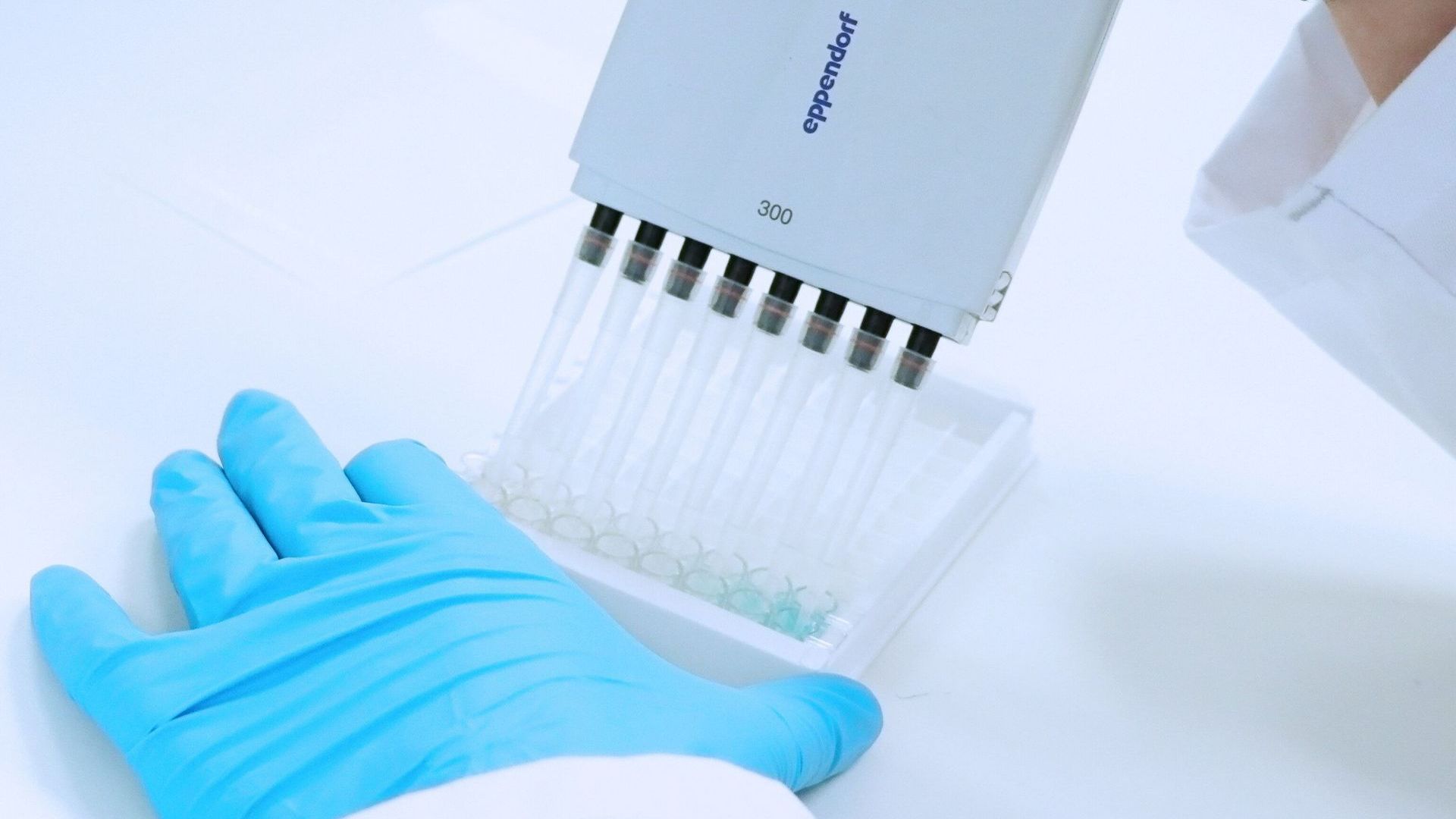Pyrogens detection using Monocyte Activation Test (MAT)
Pyrogen testing is a regulatory requirement to ensure the product quality and safety of pharmaceutical products, as pyrogens can induce life threatening fever reactions. The reference method for endotoxin testing is the in vitro Limulus Amoebocyte Lysate (LAL) assay (Ph. Eur. chapter 2.6.14, USP <85>).
The LAL-based methods can only quantify pyrogens from endotoxin sources, chemically known as lipopolysaccharides (LPS). These are constitutive elements of the outer membranes of Gram-negative bacteria. The Monocyte Activation Test (MAT) was integrated in the Ph. Eur. in 2010 (chapter 2.6.30) as an alternative compendial method to deal with this unmet analytical need and replace the rabbit pyrogen test in the “3Rs” perspective. The MAT has the advantage of being able to quantitatively measure both endotoxins and non-endotoxin pyrogens (yeast, mould, virus, Gram-positive bacteria) and to mimic what happens with the human immune system.
This study has demonstrated the successful validation of a Monocyte Activation Test (MAT) according to Ph. Eur. 2.6.30 using the PyroMAT™ kit (Merck). Method performance was assessed in terms of the validity of the criteria for the endotoxin standard curve, the detectability of endotoxin (determination of interference factors) and non-endotoxin contaminants in the tested sample, and the absence of interference of the sample with the detection system (ELISA).
However, it is important to note that, in the case of pyrogen testing for a biopharmaceutical product in clinical phase III or a commercial product registered for the US market, method validation should be completed. Indeed, as the MAT is not yet accepted as a compendial method in the US Pharmacopeia, a full validation according to USP <1225> guideline will be required.
MAT has been shown as a good alternative to the LAL assay for the detection of endotoxins. Moreover, MAT has the additional advantages of detecting non-endotoxin pyrogens, involving a human immune response mechanism, and not requiring the use of animals.
Fabian Vandermeers, R&D Technical Leader, guides your through this study

You must accept functional cookies to play the video. Change settings
Download file
Complete this form and access this document in seconds.